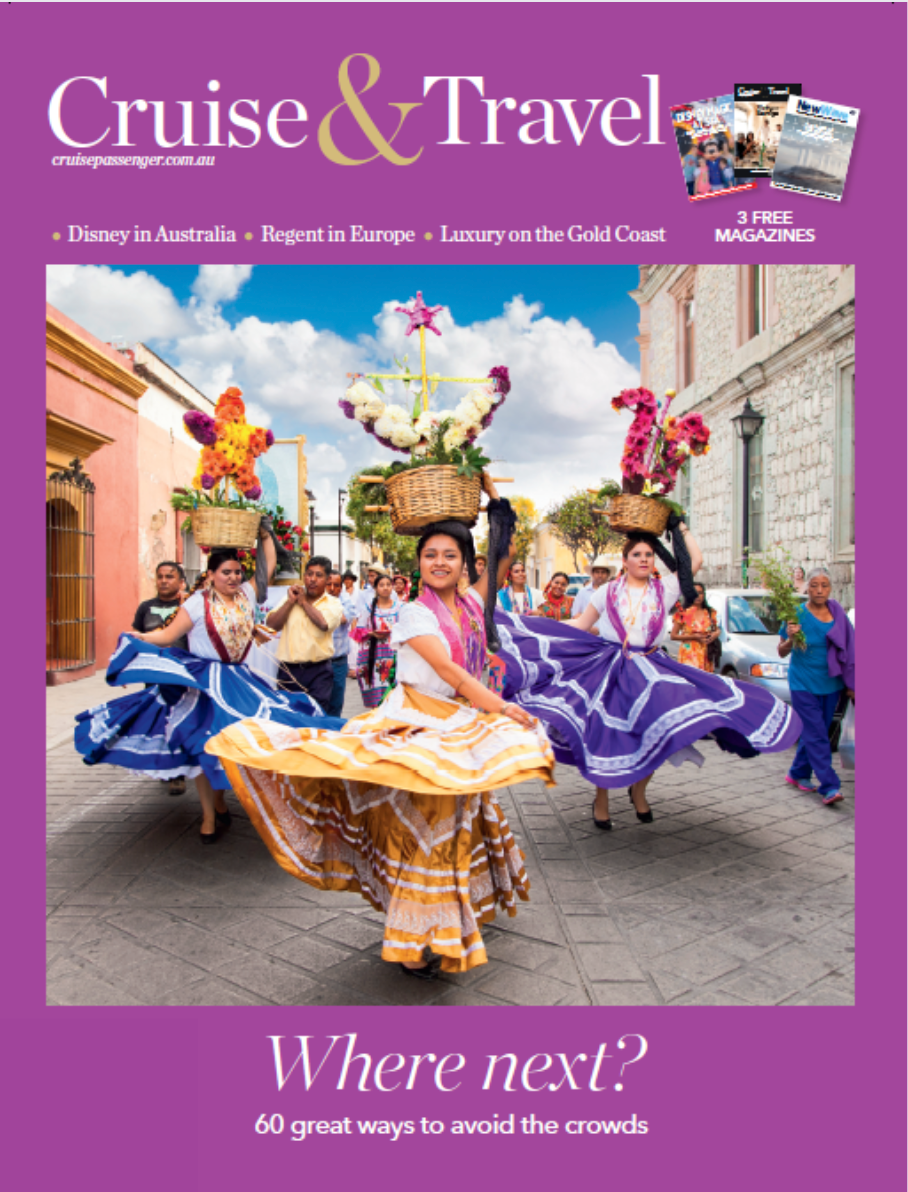Who’s to blame for the deaths on the Danube?
On May 29, Viking River Cruises’ Viking Sigyn collided with a local sightseeing boat during a stormy night time cruise along the most crowded stretch of the Danube.
While seven people were rescued, 28 people, including a child and two local crewmen, lost their lives.
It’s an issue that echoed all around the world – including the canals of Venice, where an MSC ship recently collided with a Uniworld river vessel.
Overtourism, screamed the headlines. But that’s a knee jerk reaction. In truth, this is really about a horrific failure by the Hungarian government to take control of an accident that’s been waiting to happen for years.
This week, we learn that river ships have been banned from sailing past Budapest’s iconic parliament building from 7pm. But it took Hungary’s worst boating accident in at least six decades to achieve that. As always, however, the warning signs have been around for some time.

Last year, a study co-financed by the European Commission found that the amount of traffic on the Danube, measured at German-Austrian boarder, had increased by 89 per cent in 15 years.
The number of cruise ships more than doubled to 346 ships.
This huge increase in traffic brought prosperity to local business. What didn’t happen was a stepping up of measured to ensure this burgeoning maritime trade was properly managed.
Currently, the national tourism agency grants the permits to sightseeing vessels which take tens of thousands of tourists out at night to see the famous river light show. hile the city controls access to the docks where the larger cruise ships are berthed.
But there are also scores of unlicensed vessels feeding off this tourist bonanza. In the days after the tragic accident, according to locals, scores of boats vanished as the authorities cracked down on those without proper permits.
The Danube is one of the busiest rivers in the entire world – for centuries, has been used as a mode for the ferry and transport of goods to 10 different countries.
Burgeoning river cruise lines have to compete with commercial barges, but also permanently parked restaurant boats and other floating structures used for entertainment.
And in the middle of all this mayhem, no-one took responsibility for ensuring that the stretch of the river in front of the beautiful parliamentary building could actually cope with the numbers.
Investigators have already found that there was no communication between the Viking Sigyn and the sightseeing boat before they collided with such disastrous consequences. No radio communication. No warning horn was sounded.
What hasn’t been pointed out yet is that there was no “port” authority monitoring numbers despite the fact that Hungarian officials have been warned on numerous occasions that traffic on the Danube has soared to dangerous levels.
The accident has raised accusations that profit outweighed safety concerns at both a local and national level.
The cruise industry maintains that it is one of the safest modes of holiday travel. It even trumps the safety record of airlines.
“City officials were warned about the dangers of too much traffic,” Gabor Demszky, the mayor of Budapest from 1990 to 2010, told The New York Times.
“But they failed to act. It is a very profitable business.”
Some say there needs to be better rules around the licensing for boat skippers.
David Szekeres, a 47-year-old boat captain who trains skippers with his Gabriella Sailing company, told The New York Times navigating around Budapest presented specific challenges. There are unmarked jetties on maps and navigation markers in the wrong place. But the licensing process has weakened, and prospective pilots just have to memorise answers to pass the test.
“You don’t have to learn anything about sailing,” he said. “You just have to learn the exact answers to pass the test.”
The problems of the Danube are echoed in Venice, where everyone now agrees – including the cruise industry – that larger vessels should have been removed from canals near the city’s buildings years ago.
Let’s hope that, after two tragic accidents and a terrible loss of life, these two cities will now have the will to implement regulations that will make these beautiful waterways safe for us all.

